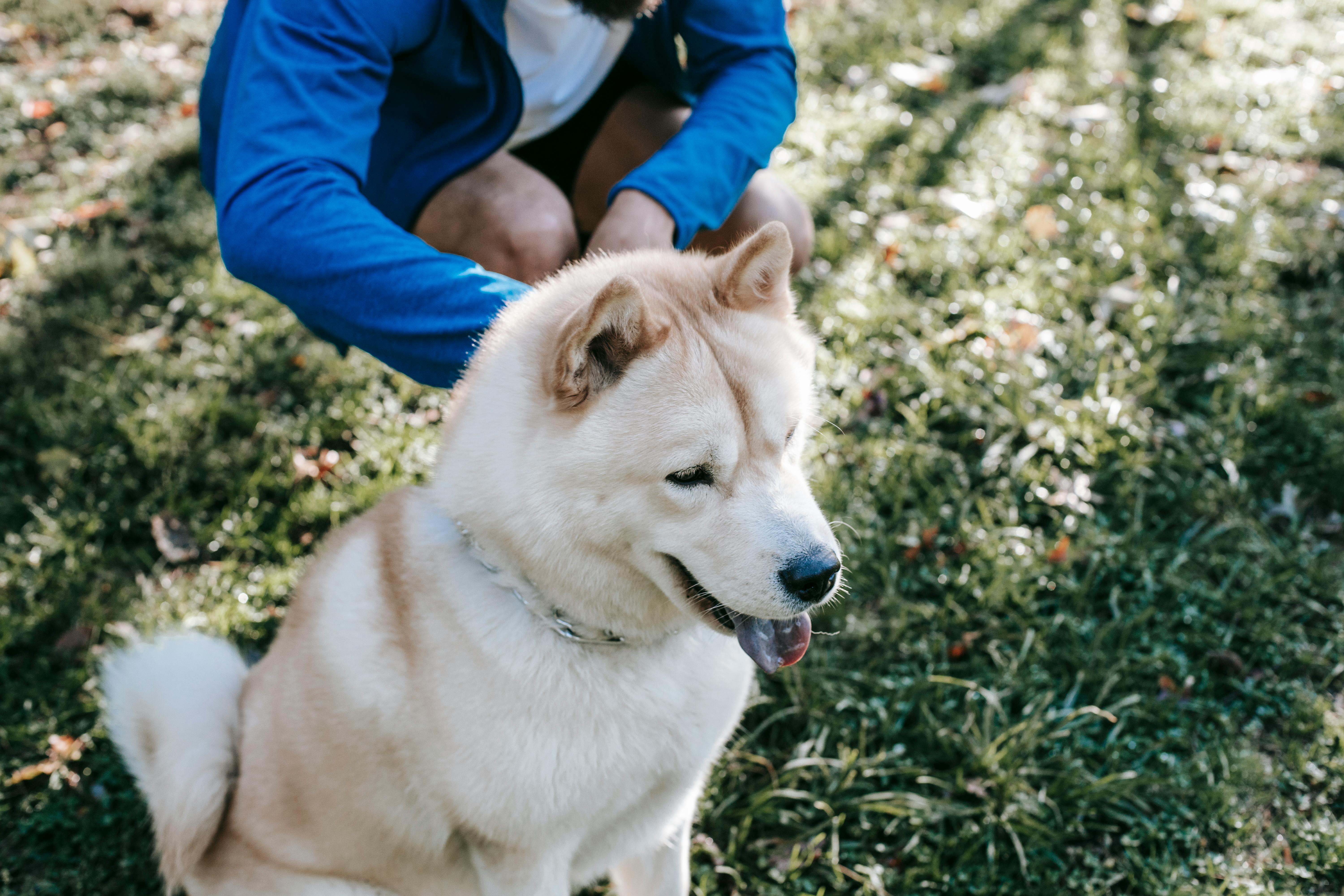
Corgi Temperament: Assessing Your Corgi’s Separation Anxiety
Corgis are usually very sociable creatures and can get angry when left alone. The undesirable Corgi temperament that arises as a result of too much time alone is known as “separation anxiety.” This “separation anxiety” can manifest as prolonged barking or whining or become more destructive.
The source of Corgi separation anxiety
Chances are, you and your Corgi have developed a strong bond. You enjoy spending time together and she thrives on your love and attention. However, your Corgi should not become overly dependent on you, so he will become overly agitated or angry when you are not around. Your absence should be accepted as part of your Corgi’s daily routine.
Unfortunately, the main cause of our dog’s separation anxiety is the result of our actions. Leaving and returning home are times to avoid exuberant and excessive displays of affection. By giving your dog these levels of attention, he will only miss them more when you are gone. You should make your exits and entrances as unobtrusive as possible.
Reduce Corgi Separation Anxiety
Handling Corgi’s sick temperament is pretty simple. Here are some of the simplest methods:
Change your routine – Some dogs start to get anxious as soon as the alarm goes off. They have correlated this sound with your leaving. Like the way Pavlov conditioned his dog to salivate at the sound of a bell. If this is the case, you may need to modify your morning routine. For example, you can have breakfast and then shower or wake up at different times during the week. Any small variations in your schedule will help reduce pre-departure anxiety.
Don’t Reward Him: When you exhibit intense emotions when leaving or returning home, you are reinforcing your Corgi’s separation anxiety. To reduce this anxiety, it is necessary to dissociate their comings and goings with their displays of affection. Wait 10-15 minutes before greeting your dog when you return home. When you leave, a simple pat on the head or a kiss will do. If they complain, don’t give in to their begging.
Trial runs: If your dog gets anxious as soon as you leave, you can practice going out for shorter periods of time. Make sure your dog is confined to his crate or a single room first, then go outside for a few seconds and then come back. Then get out of sight but stay within earshot. As soon as they whine or bark, you should firmly say “No!” Then gradually increase the amount of time you are out of sight. Eventually, your dog will start to see your absences as part of his daily routine.
It’s harder for you than for them
During this period of adjustment, many dog owners feel that they are being cruel when helping their dog deal with his anxiety. While it may seem like the solutions are causing your dog more distress, they are actually helping him relax and realize that he doesn’t have to be with him 24 hours a day. This also helps reinforce the order of the pack and its alpha status. When your dog has reduced anxiety, it is better for his entire health and well-being.
If you find that your dog has serious anxiety issues, be sure to address the problem right away. It will probably take longer to resolve the behavior, but persistence is key. Giving your dog a treat when you leave can help keep them busy and associate your departure with a pleasant experience.